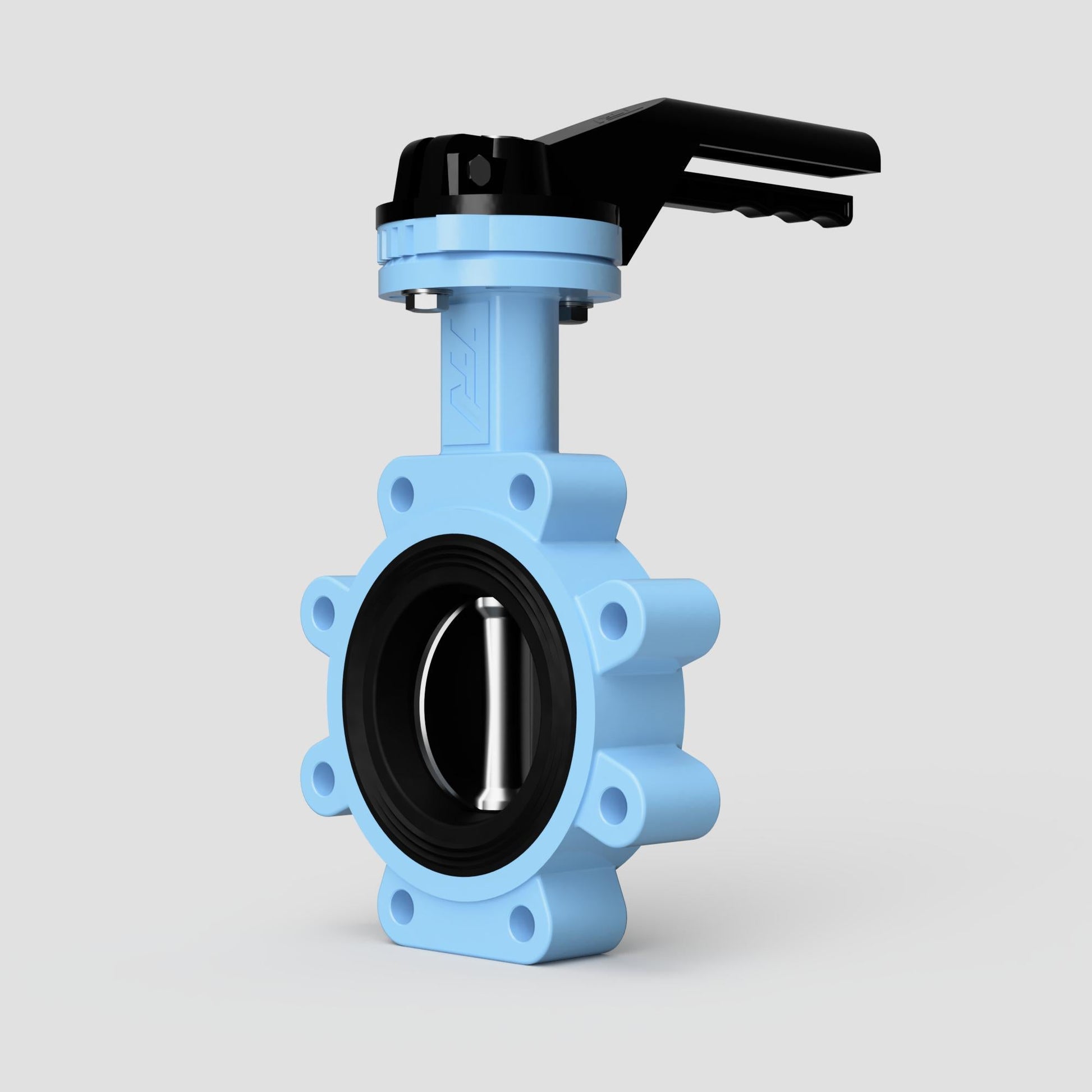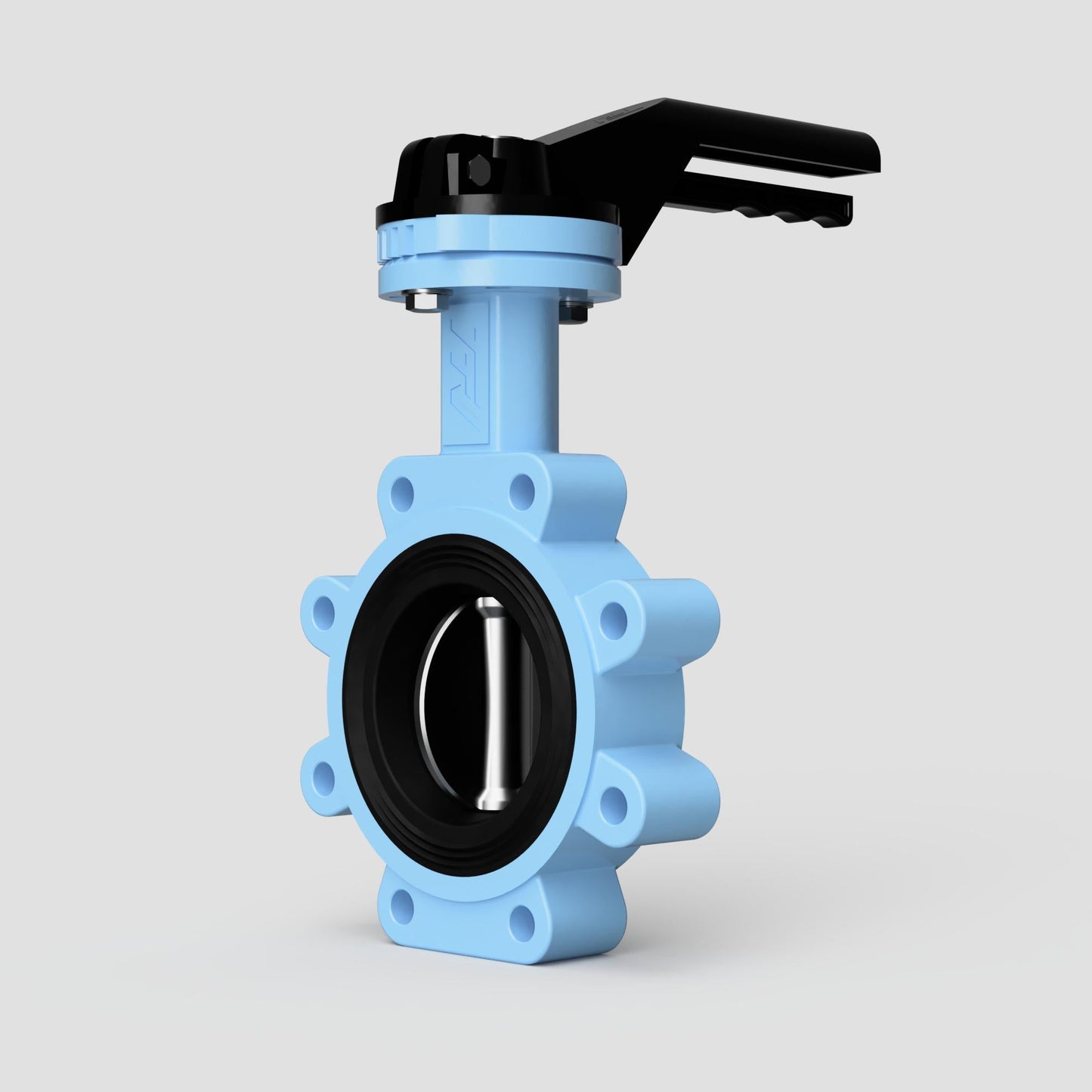⚠️ Now Fully WRAS Approved – Valve & EPDM Seat
TTV Ductile Iron Lugged Butterfly Valves with EPDM Seat
The TTV Ductile Iron Lugged Butterfly Valves are now fully WRAS approved, meaning both the EPDM seat and the complete valve assembly are certified for use with potable water systems. Designed for durability and reliability, these valves are ideal for water, HVAC, and general industrial applications that require strong, long-lasting components with certified water safety compliance.
Built from robust ductile iron and equipped with a resilient EPDM seat, these valves deliver bubble-tight shut-off and smooth, low-torque operation. The lugged body pattern allows for secure flange-to-flange mounting and dead-end service, making them a practical choice for isolated sections or end-of-line installations.
Key Features:
- WRAS Approved Valve & EPDM Seat – Fully certified for potable water use
- Ductile Iron Body – Strong and pressure-resistant, suitable for demanding applications
- Lugged Pattern Design – Allows for secure bolting and dead-end service
- Bubble-Tight Shut-Off – Ensures dependable sealing performance
- ISO 5211 Mounting Pad – Easy integration with actuators
- Low Torque Operation – Smooth control for manual or automated use
- Maintenance-Friendly Design – Replaceable internal components for extended life
A reliable, fully WRAS-approved solution for potable water systems and industrial flow control — combining certified safety, strength, and serviceability in one rugged package.


